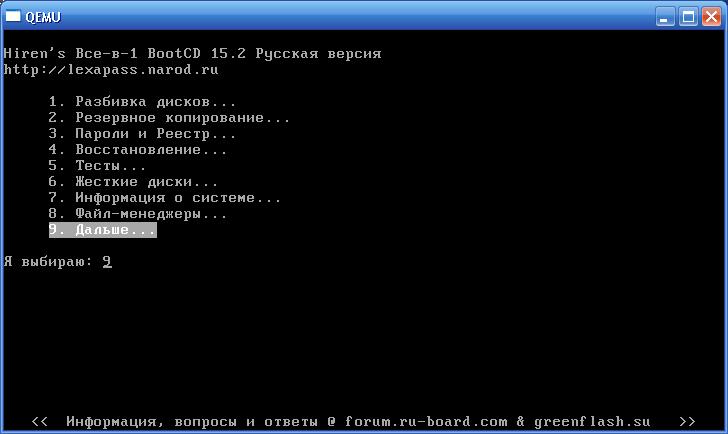
Norton Ghost 12 Dos Version Command
Ghost creates the image file and saves it to a temporary location, such as a partition on the hard disk. Use this method when you have a Ghost version earlier than Symantec Ghost 6.5 Enterprise Edition and Norton Ghost 2000 or when you do not want to save the image file directly to the CD-R/RW disk.
Download john wick sub indo mp4. Ghost's new enterprise features don't meet expectations IT shops that haven't benefited from disk-cloning software are few and far between. I remember the hours I spent configuring new PCs one by one. I also remember my delight when I found a tool that let me create an image of one PC's configuration and copy the image to other machines. Since that time, competition among cloning software vendors has sparked attempts to improve on the basic cloning concept. To build on the popularity of Norton Ghost, Symantec recently released Norton Ghost 6.0 Enterprise Edition, which includes Norton Ghost (Symantec's basic cloning tool), MultiCast Server, Norton Ghost Console, and several utilities (e.g., Ghost Walker 6.0).
The Ghost 6.0 Enterprise Edition executable file, ghost.exe, runs in DOS. The software's easy-to-use graphical interface lets you copy an entire hard disk or individual partitions to another hard disk or to an image file. Version 6.0 supports FAT12, FAT16, FAT32, NTFS, Windows 2000 (Win2K) NTFS (nonencrypted), and Linux ext2. Ghost's interface also lets you use a parallel port to make a peer-to-peer connection to another PC or NetBIOS running on an Ethernet or Token-Ring card. Either method is acceptable for transferring an image file between two PCs or for cloning. Multicasting takes cloning one step further. MultiCast Server includes a server component that uses TCP/IP multicasting to simultaneously broadcast an image to multiple PCs.
Because ghost.exe runs only in DOS, you must create a DOS network boot disk that has a packet driver for each multicast client; however, you'll save time when you need to roll out multiple PCs that have similar configurations. Norton Ghost Console and Norton Ghost Console Client are the new additions that distinguish Ghost 6.0 Enterprise Edition from earlier Norton Ghost versions. Ghost Console gives administrators remote capabilities (such as remote cloning scheduling and initiation) and post-cloning configuration capabilities. An administrator can install Ghost Console Client on Win2K, Windows NT, and Windows 9x machines. On Win2K and NT machines, the client software runs as a service and facilitates commands that Ghost Console issues. I began testing Ghost 6.0 Enterprise Edition by running the software's basic functions, cloning partitions and drives.
I created a DOS boot diskette, copied ghost.exe from the CD-ROM, and began testing Ghost's cloning feature on four NT 4.0 systems, two running Service Pack 4 (SP4) and two running SP5. I ran several disk-to-disk and partition-to-partition cloning operations without incident and recorded an average transfer rate between IDE drives of approximately 85MB per minute. I then saved disk images to files. For disk-to-file operations, you can select a data compression of none, fast, or high.
In my test, the fast option provided a good balance of speed and compression (the compression rate was 4 to 1). Restoring the image files to disk took as much time as creating them did, and all the systems I restored booted and ran without incident.
After I confirmed that Ghost 6.0 Enterprise Edition retains the basic functionality of previous versions, I tested MultiCast Server, which installs with the other Ghost Enterprise Edition components and will run on DOS, Win2K, NT, Win9x, and NetWare 5. The current version of MultiCast Server includes the MultiCast Assist Wizard utility, which simplifies the tedious task of creating network boot disks for multicast clients. After I supplied the required DOS system files, the wizard interface presented me with a list of 68 network card templates from which I could build a network bootable disk that had the packet driver that my multicast clients needed. To let me create my own template, the wizard also supplied network drivers for NICs that its list doesn't include. Next, I launched MultiCast Server and configured a session. After I named the session, the software let me choose whether to upload an image from a client or multicast an image to several clients. First, I uploaded an image from an NT workstation that I'd configured as a template.